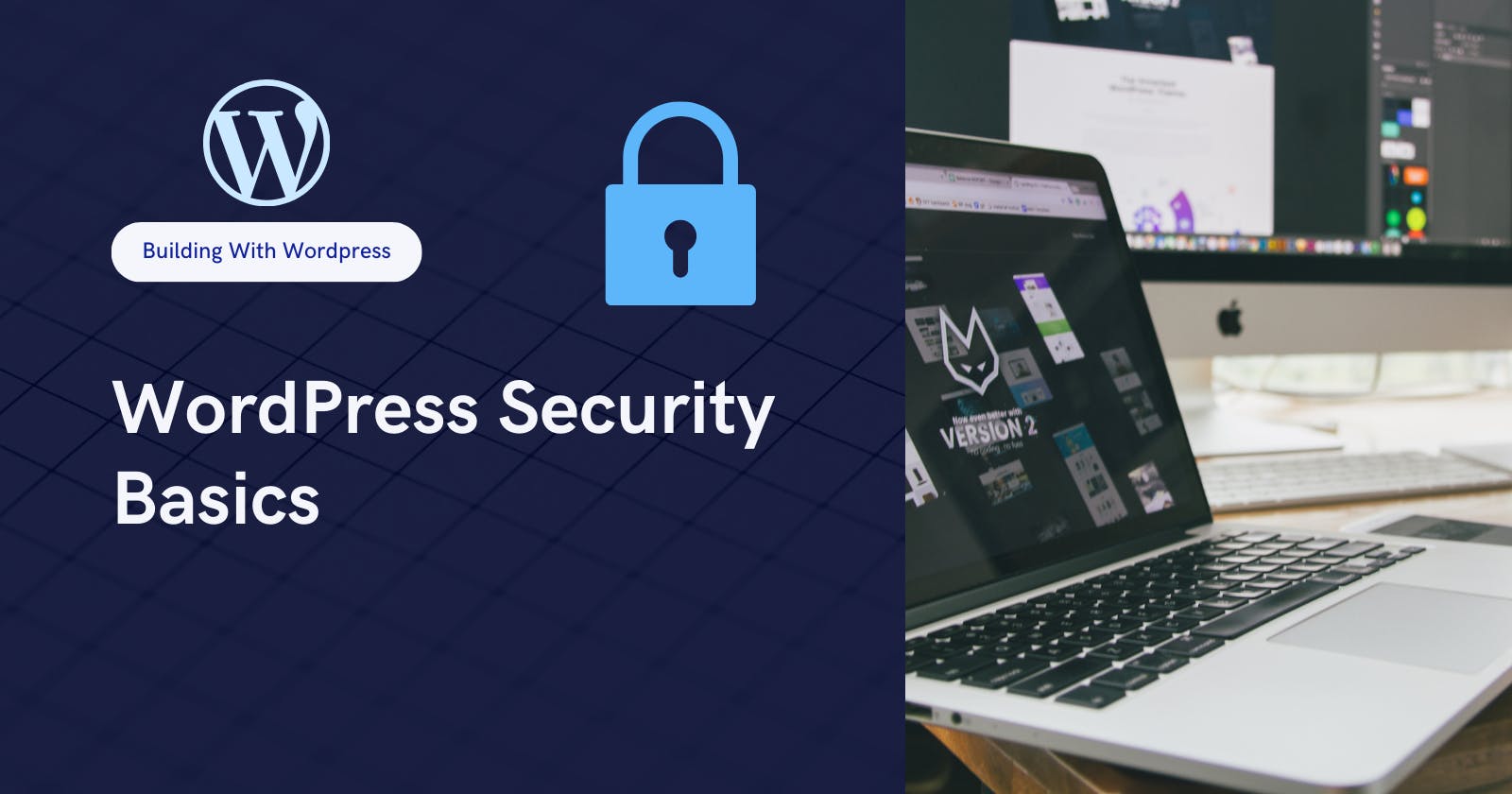WordPress powers millions of websites worldwide, making it a prime target for hackers. As a beginner, it's crucial to implement basic security measures to protect your site. This article covers simple yet effective strategies you can use to secure your WordPress website.
Choose Strong Passwords
One of the simplest ways to increase your WordPress security is by using strong passwords. Hackers often use brute force attacks to crack passwords, so a complex password is essential.
Tips for strong passwords
Length: Make your password at least 12 characters long.
Complexity: Include numbers, uppercase and lowercase letters, and special characters.
Uniqueness: Use a different password for your website than you do for other services.
Password Managers: Consider using a password manager to generate and store complex passwords.
Keep WordPress Updated
WordPress frequently releases updates that not only introduce new features but also fix security bugs and vulnerabilities. Keeping your WordPress core, themes, and plugins updated is vital for your site's security.
Updating WordPress
Regular Checks: Log in to your WordPress dashboard regularly to check for updates.
Automatic Updates: Enable automatic updates for WordPress core and, if you're comfortable, themes and plugins as well.
Backup First: Always back up your website before applying updates to avoid data loss in case something goes wrong.
Install a Security Plugin
Security plugins enhance your WordPress site's defenses by adding features like firewalls, malware scanning, and more. These plugins can block many common security threats and monitor your site for suspicious activity.
Recommended Security Plugins:
Wordfence: Includes an endpoint firewall and malware scanner built specifically for WordPress.
Sucuri Security: Offers security activity auditing, file integrity monitoring, and malware scanning.
iThemes Security: Provides over 30 ways to secure and protect your WordPress site.
Additional Security Tips
Beyond strong passwords, updates, and security plugins, here are a few more measures you can take to secure your WordPress site:
Use HTTPS: Secure your site with SSL/TLS to encrypt data transmitted between your website and your users. This is crucial for protecting sensitive information like login credentials.
Limit Login Attempts: Use a plugin to limit the number of login attempts from a single IP address, reducing the risk of brute force attacks.
User Roles and Permissions: Assign roles carefully. Limit the number of users who have administrative access to your site.
Disable File Editing: Prevent the editing of your site’s files from the WordPress dashboard by adding
define('DISALLOW_FILE_EDIT', true);to your wp-config.php file.
Final Thoughts
Securing your WordPress site doesn't have to be complicated. Start with strong passwords, keep everything updated, and use a good security plugin.
From there, you can add more layers of security as you become more comfortable with managing your site. Remember, the most effective security strategy is a proactive one!
